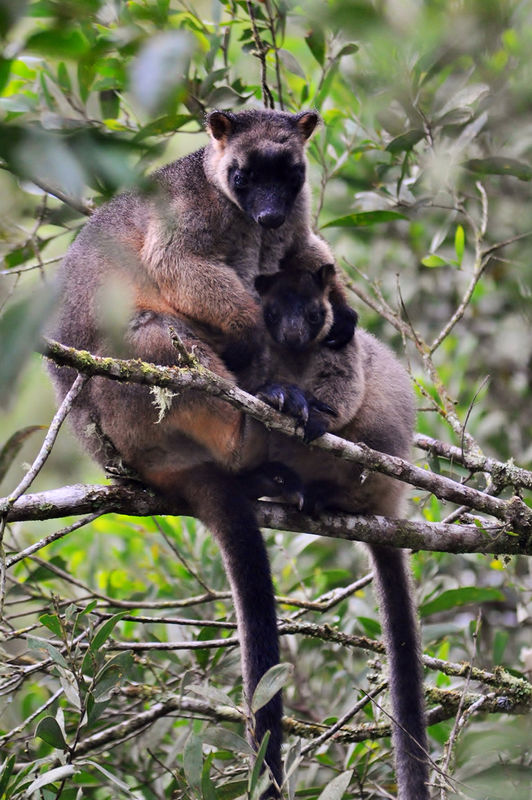This large rainforest patch is situated on freehold land and represents the largest rainforest remnant on basalt on the Atherton Tablelands outside the World Heritage Area. Cloudland has very high biodiversity values as habitat for a range of threatened fauna and flora. These include the nationally endangered Southern Cassowary and a range of endemic possums. Of the six species of possum in the forest, five are restricted to altitudes above 700m: Green Ringtail Possum, Lemuroid Ringtail Possum, Herbert River Ringtail Possum and Coppery Brushtail Possum. Three of these are listed as near threatened. The forest is also prime breeding habitat for Lumholtz’s Tree-kangaroo, itself another listed species. Other species restricted to these higher altitude forests include the Atherton Antechinus and the Masked White-tailed Rat. With respect to bird life, the forest supports thirteen species endemic to Queensland’s Wet Tropics: Lesser Sooty Owl, Mountain Thornbill, Fernwren, Atherton Scrubwren, Bridled Honeyeater, Macleay’s Honeyeater, Chowchilla, Bower’s Shrike-thrush, Victoria’s Riflebird, Golden Bowerbird, Toothbilled Bowerbird, Grey-headed Robin and Pied Monarch. Six of these are restricted to the higher altitudes. |  Lumholtz’s Tree-kangaroo Lumholtz’s Tree-kangaroo
|



